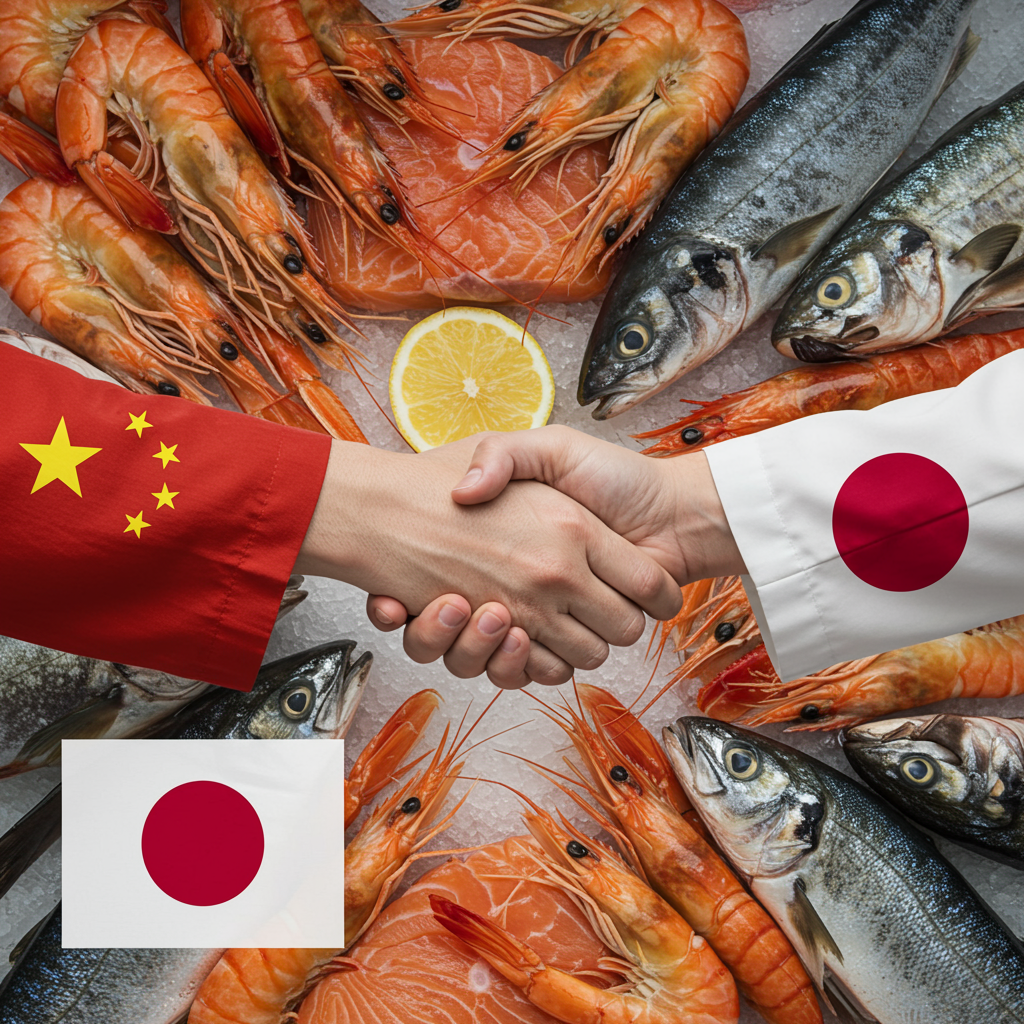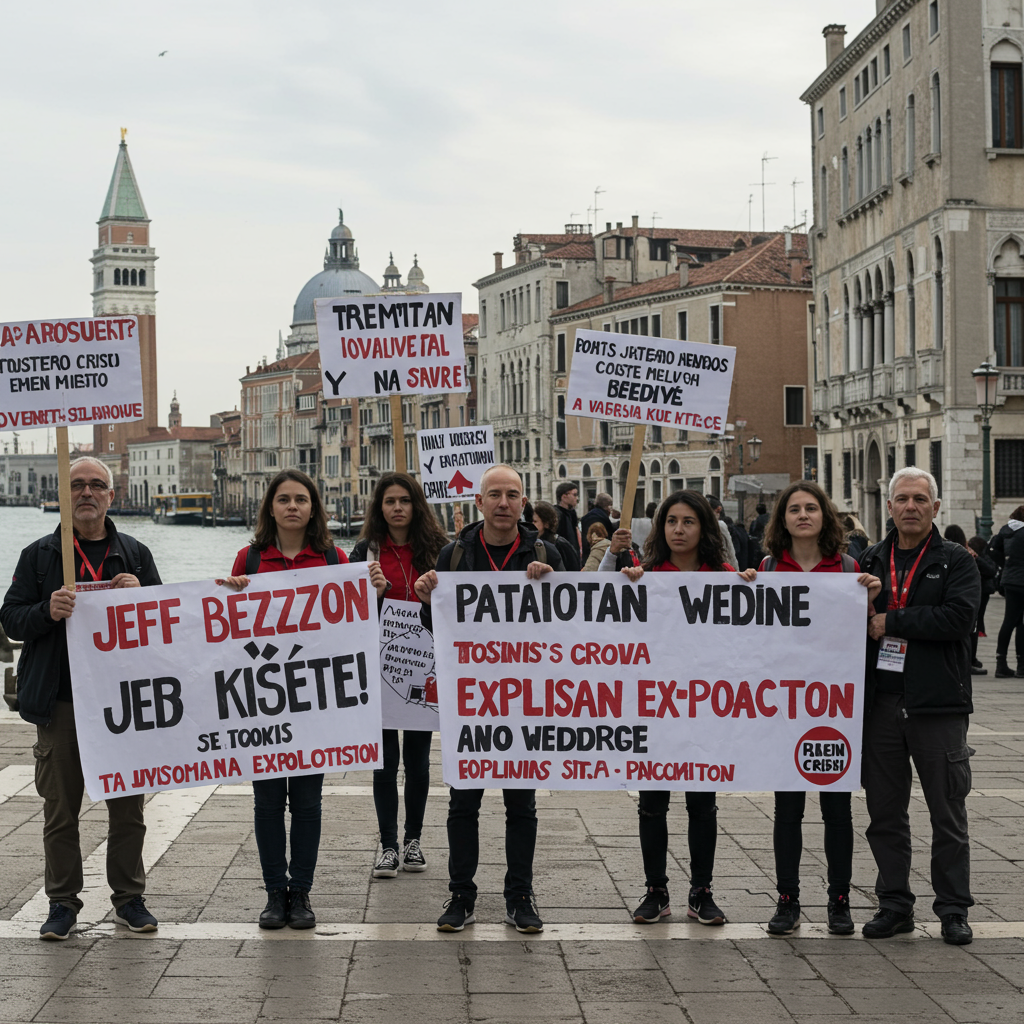A significant development has occurred in trade relations between china and Japan. Beijing has announced it is partially lifting a sweeping ban on seafood imports from Japan. This restriction was originally put in place nearly two years ago. The ban stemmed from concerns over Japan’s plan to release treated wastewater from the damaged Fukushima nuclear plant into the ocean.
The decision marks a notable easing of a major trade dispute. China’s General Administration of Customs (GAC) confirmed the change. Imports will “conditionally resume” from most parts of Japan. However, the ban remains in effect for seafood sourced from 10 of the country’s 47 prefectures. These excluded areas include Tokyo and Fukushima itself.
Why China Eased the Ban
China’s customs authority stated the partial lift is based on monitoring results. Samples collected over a long period from the Fukushima wastewater discharge “had not shown abnormalities,” the GAC reported on June 29. This finding suggests that Chinese regulators are now satisfied that seafood from permitted regions meets safety standards regarding radioactivity levels. The GAC emphasized that this conditional resumption complies with domestic food safety laws. It also aligns with principles of the WTO’s agreement on sanitary measures. Protecting consumers’ legitimate rights is a stated goal. Tokyo’s commitment to ensuring the safety and quality of seafood exports intended for China was also a factor.
Background of the Fukushima Water Controversy
The original ban began in August 2023. It was a direct and immediate response to Japan starting the gradual discharge of treated water. This water accumulated at the Fukushima Daiichi plant. The site was severely damaged in a massive earthquake and tsunami in March 2011. That disaster caused meltdowns in three of the plant’s six reactors. It stands as the world’s worst nuclear incident since Chernobyl.
Over the years, more than 1.3 million metric tons of contaminated water collected at the site. This included groundwater and water used to cool the damaged reactors. It was stored in over 1,000 tanks. Japan’s plan involves treating this water using an advanced system called ALPS (Advanced Liquid Processing System). This system removes most radioactive nuclides. Tritium, a form of hydrogen, is difficult to remove completely. The treated water is then diluted with seawater. Finally, it is gradually released into the Pacific Ocean over an estimated 30 years.
Japan’s discharge plan received backing from the International Atomic Energy Agency (IAEA). The IAEA stated the release meets international safety standards. It found tritium levels were within safe limits after dilution. However, Beijing strongly criticized Japan’s move. China called it “extremely selfish and irresponsible.” It cited environmental and safety fears. While most experts agree the diluted release poses minimal risk, some scientists argue more research is needed. They express concern about potential long-term impacts on the marine environment.
Impact on Japan’s Fishery Exports
Before the ban, China was a vital market for Japan’s fishing industry. It served as Japan’s largest seafood buyer. China accounted for nearly a quarter of Japan’s total seafood exports. The ban had a significant economic impact on japanese fishers and exporters. Many production companies had to suspend shipments to China entirely.
The partial lifting offers a lifeline to many businesses. However, it also highlights the continued sensitivity surrounding the issue. The restrictions on specific prefectures limit the full potential economic recovery for the industry.
Japan’s Reaction and Path Forward
Japan has welcomed China’s decision as a positive step. Deputy Chief Cabinet Secretary Kazuhiko Aoki called the move favorable. Japan’s Agriculture Minister, Shinjiro Koizumi, described it as a “major milestone.” He noted that marine products are an important export item for Japan.
Despite the positive reaction, Japan is pushing for a complete removal of all restrictions. The Japanese government plans to continue urging Beijing to accept seafood imports from all regions. They will “strongly demand” the lifting of the remaining regulations on the 10 excluded prefectures. This indicates that while a significant hurdle has been overcome, full normalization of seafood trade is still a goal.
New Requirements for Exporters
For Japanese companies wishing to resume exporting seafood to China under the new rules, specific procedures are now required. Businesses that suspended imports must reapply for registration in China. Furthermore, Chinese authorities will subject these companies and their products to “strict” supervision.
An additional requirement has been instituted. Japanese exporters will need to obtain a certificate from the Japanese government. This certificate must confirm that the products have undergone inspection for radioactive materials. This measure provides an extra layer of assurance regarding the safety and quality of imported seafood to Chinese regulators and consumers.
Broader Context of China-Japan Relations
This partial lifting of the ban represents an easing of trade friction between the two countries. It comes despite ongoing complexities in their broader relationship. China and Japan are key trading partners. However, relations have often been strained. This is due to historical issues, such as Japan’s occupation of parts of China during World War II. Territorial disputes and increased military tensions in recent years also contribute to a sometimes testy dynamic.
The decision to resume imports, even partially, appears to be an attempt by Beijing to ease some bilateral friction. It follows an indication from China in September of the previous year that it would “gradually resume” importing seafood. This suggests a potential strategic shift or a response to the monitoring data. While this move addresses a specific trade dispute, the underlying geopolitical tensions persist.
Other Regional Reactions
Interestingly, the response to Japan’s wastewater discharge has varied regionally. While China is partially lifting its ban, Hong Kong has indicated it will maintain its restrictions on Japanese seafood imports. Hong Kong cited the “unprecedented” duration and scale of the Fukushima wastewater discharge as reasons for a cautious approach. They stated their policy would only change if adjustments were publicly announced. Russia also followed China’s lead with a similar ban after Japan began the discharge, and their current stance is also relevant context.
Frequently Asked Questions
Why Did China Partially Lift the Ban on Japanese Seafood?
China’s General Administration of Customs (GAC) stated that the decision was based on long-term monitoring of treated water released from the Fukushima plant. According to the GAC’s findings reported on June 29, samples collected had “not shown abnormalities” regarding radioactivity. This indicates Chinese regulators are now partially satisfied with the safety of seafood from certain Japanese regions, leading them to conditionally resume imports.
Which Japanese Areas Are Still Banned from Exporting Seafood to China?
While China is resuming seafood imports from most of Japan, the ban remains in effect for aquatic products originating from 10 specific prefectures. These include the Fukushima prefecture itself, as well as Tokyo, Gunma, Tochigi, Ibaraki, Miyagi, Niigata, Nagano, Saitama, and Chiba. Seafood from these particular regions is still prohibited from entering the Chinese market.
What New Requirements Must Japanese Seafood Exporters Meet for China?
Japanese companies wishing to resume exports to China must reapply for registration with Chinese authorities. Once registered, their operations and products will be subject to strict supervision by China. Additionally, a new requirement mandates that exporters must obtain a certificate from the Japanese government confirming that their specific products have been inspected for radioactive materials before shipment to China.
Conclusion
China’s partial lifting of its ban on Japanese seafood imports marks a significant step in resolving a contentious trade issue. The move, justified by China based on its monitoring of the Fukushima water discharge showing “no abnormalities,” allows imports to resume from most Japanese regions. However, restrictions remain on 10 prefectures, including Fukushima and Tokyo. This leaves room for further diplomatic efforts. Japan has welcomed the decision as a positive development while simultaneously pushing Beijing to lift the remaining restrictions entirely. Japanese exporters must navigate new registration and certification requirements. This development signals a potential easing of economic tensions between the two nations, even as broader geopolitical complexities continue to shape their relationship. The situation highlights the interconnectedness of environmental concerns, trade policy, and international relations.



